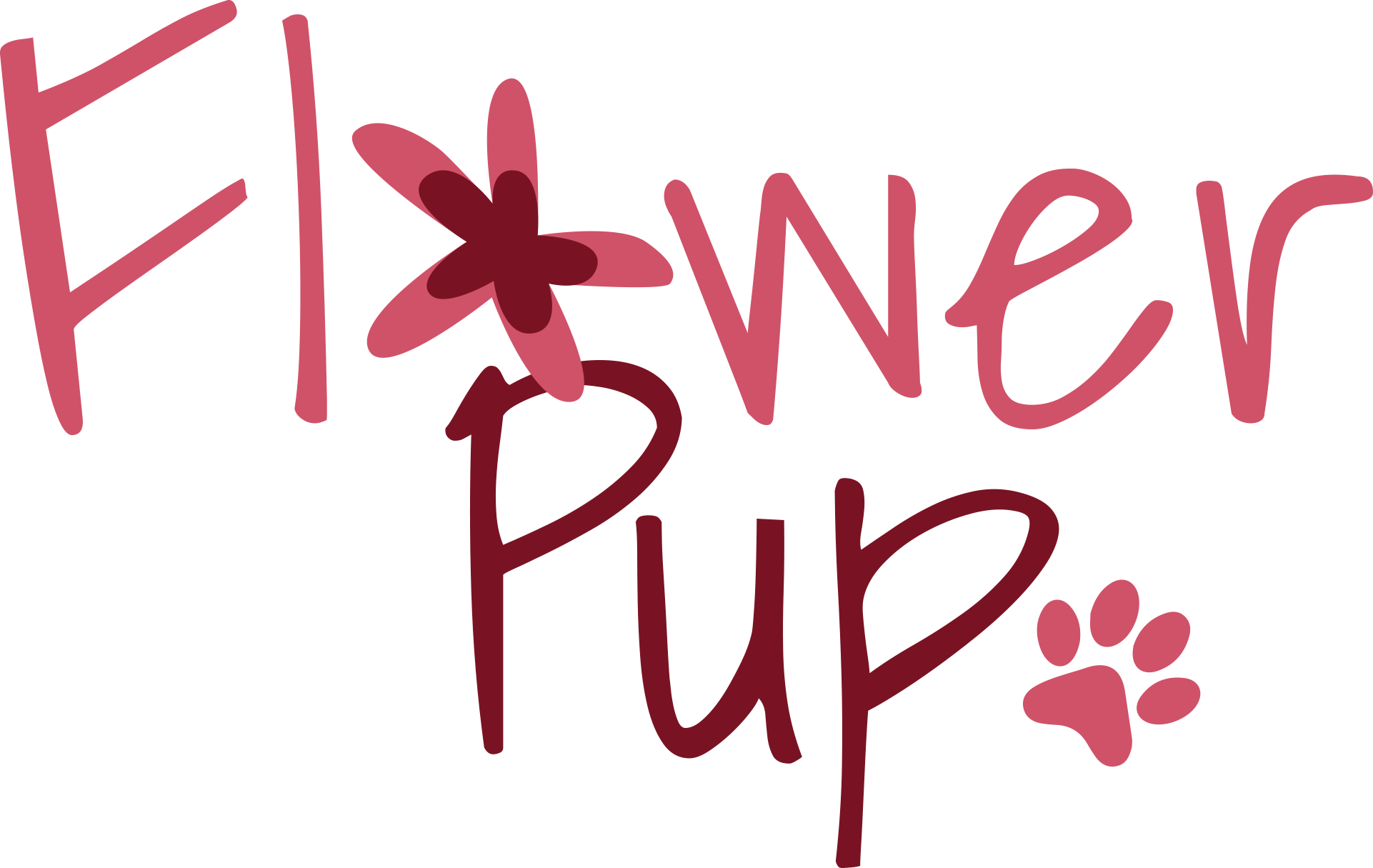If you're a dog owner or simply love dogs, it's important to understand their body language. Dogs communicate through a variety of gestures and expressions, which can reveal how they're feeling or what they're trying to convey. By understanding canine body language, you can strengthen the bond you have with your furry friend and ensure their needs are met.
In this article, we'll explore the different ways that dogs communicate, including their body language, expressions, and vocalizations. We'll discuss what various gestures and expressions mean, so you can better understand your dog's behavior and improve your communication with them.
The Importance of Canine Body Language
Dogs can't speak our language, but they communicate through their body language. Understanding canine body language is vital for several reasons:
- It can help you interpret your dog's mood and behavior.
- It can help you understand your dog's needs and wants.
- It can prevent misunderstandings between you and your dog.
- It can help you build a stronger bond with your dog.
Basic Canine Body Language
Dogs use various parts of their body to communicate their feelings and intentions. Here are some basic canine body language cues:
Ears
- Ears pulled back: This indicates fear or submission.
- Ears standing up: This indicates alertness or curiosity.
- Ears relaxed: This indicates a calm, relaxed state.
Tail
- Tail tucked between legs: This indicates fear or submission.
- Tail held high and wagging: This indicates excitement or happiness.
- Tail held low and wagging: This indicates a friendly or submissive greeting.
Eyes
- Wide eyes: This indicates fear or aggression.
- Soft, relaxed eyes: This indicates a calm, relaxed state.
- Staring eyes: This indicates aggression or dominance.
Posture
- Crouching posture: This indicates fear or submission.
- Upright, confident posture: This indicates confidence or dominance.
- Rolling onto back: This indicates submission or playfulness.
Facial Expressions
Dogs also use their facial expressions to communicate their feelings. Here are some common facial expressions and what they mean:
Mouth
- Mouth open and relaxed: This indicates a calm, relaxed state.
- Mouth closed and tense: This indicates fear or aggression.
- Lips curled back, showing teeth: This indicates aggression or dominance.
Eyes
- Squinting or blinking: This indicates a relaxed, happy state.
- Staring with wide eyes: This indicates aggression or fear.
- Avoiding eye contact: This indicates fear or submission.
Vocalizations
In addition to body language and facial expressions, dogs also communicate through vocalizations. Here are some common vocalizations and what they mean:
Barking
- Loud, continuous barking: This indicates aggression or fear.
- High-pitched barking: This indicates excitement or playfulness.
- Low, growling barking: This indicates aggression or warning.
Whining
- Soft whining: This indicates submission or a request for attention.
- Loud, continuous whining: This indicates discomfort or pain.
Howling
- Howling alone: This indicates loneliness or a response to a noise.
- Howling with others: This indicates socialization or communication.
Conclusion
By understanding your dog's body language, expressions, and vocalizations, you can build a stronger bond with them and improve your communication. Remember to pay attention to your dog's ears, tail, eyes, facial expressions, and vocalizations to understand their needs and feelings. If you're ever unsure about your dog's behavior, consult with a veterinarian or professional dog trainer.
FAQS:
- How can I tell if my dog is in pain?
If your dog is in pain, they may display signs of discomfort, such as whining, yelping, or whimpering. They may also avoid certain activities or movements that usually don't bother them. Additionally, they may display changes in their body language, such as hunching over or walking gingerly.
- What does it mean when my dog licks their lips?
Dogs often lick their lips when they're feeling anxious or stressed. They may also lick their lips if they're feeling nauseous or if they're anticipating food.
- How can I tell if my dog is feeling anxious?
If your dog is feeling anxious, they may display a variety of behaviors, including pacing, panting, whining, or trembling. They may also display signs of aggression or fear, such as growling or snapping.
- Why does my dog bark at other dogs?
Dogs may bark at other dogs for a variety of reasons, including fear, excitement, or territorial behavior. It's important to assess the situation and determine why your dog is barking, as well as work with a professional dog trainer to address any underlying behavioral issues.
- Can I train my dog to communicate with me through body language?
Yes, you can train your dog to communicate with you through body language by observing their behavior and responding appropriately. Working with a professional dog trainer can also help you develop a stronger bond with your dog and improve your communication skills.





